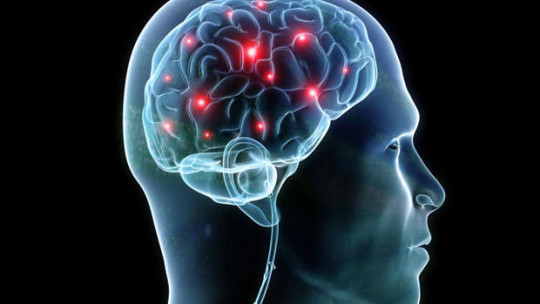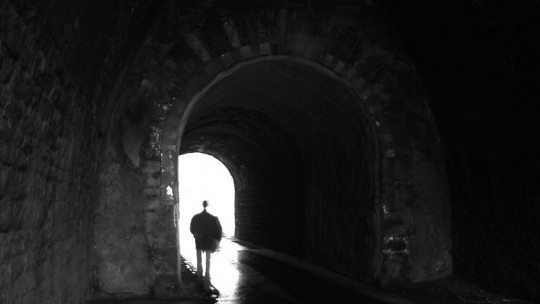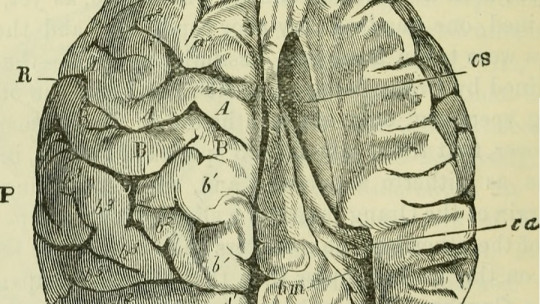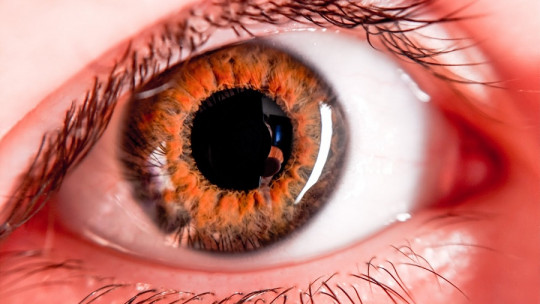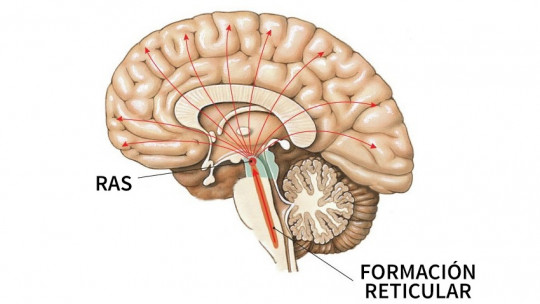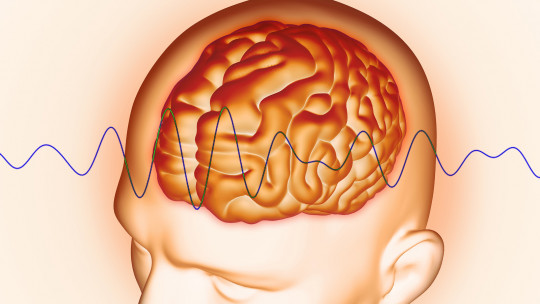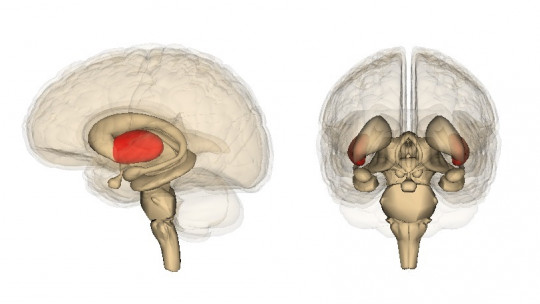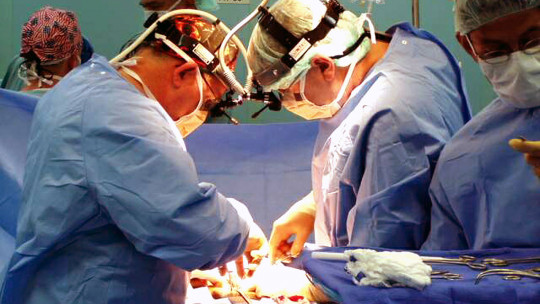
Neurosciences study human behavior from cold and impersonal data, relatively easy to analyze quantitatively. However, there is an aspect of psychology that cannot be measured directly: subjective states of consciousness Perhaps that is why scientists have difficulty constructing a definition of what consciousness is, what its nature is and what exactly it is based on.
Hence, the discoveries that are being made about the functioning of the brain cause the distinction between two states of subjectivity (“conscious” and “unconscious”) to falter. There are currently indications that there could be a third state of consciousness which has been baptized as dysanaesthesia (dysanesthesia).
Partial consciousness in the operating room
The discovery of this possible third state of consciousness is related to the common practice of anesthesiologists: putting people to sleep.
The experiment consisted of asking people apparently unconscious due to the effect of general anesthesia to move the fingers of a hand that had been isolated from the rest of the body by a tourniquet while they were operated on. Curiously, almost two quarters of the anesthetized people obeyed the order as requested, despite the fact that according to the electronic monitoring systems they must have been completely asleep. On the other hand, the doses of anesthesia provided were normal, those that would have been given in any normal operation.
None of the people who participated in the experiment moved their hand for anything other than following the commands given to them, nor did they appear to respond in any way to the surgery they were undergoing. Also, once you wake up, only two of them vaguely remembered moving their hand and none of them remembered anything about the surgery or claimed to have felt pain.
The third state of consciousness seems to be based on something similar to selective attention
Dysanesthesia, or how to expand the repertoire of mental states
The fact that some patients are able to move a part of their body in response to commands could be taken as a sign of consciousness in the operating room, something that can be solved by increasing the dose of anesthesia. However, some anesthesiologists such as Dr. Jaideep Pandit believe that these patients are in a third state of consciousness that is not comparable to what you experience when reading these lines or what occurs when you fall asleep without dreams.
This could be so because during this “dysanesthesia” there is some automatic process that is responsible for discerning what are orders directed towards the sleeper from what are not and therefore makes it possible to react only in some cases and not in others (although these others have to do with metal instruments cutting skin and flesh).
A third state of consciousness is also an uncomfortable idea
This third state of consciousness would, therefore, be only partial. However, this experiment also reveals the technology currently used to monitor the consciousness of the operating room patient. Apparently, the markers that are monitored so far have limited predictive power, and that means that during the operation under general anesthesia many things could be happening in the patient’s consciousness that are not registered by the machines and that remain private. own subjectivity, even though no memories are kept later.
Ultimately, this experiment is a reminder that it is difficult to talk about consciousness when you don’t really know what it is. Can you define something that is entirely subjective? What if there are types of consciousness that cannot be distinguished by machines? Dysanesthesia may be a third state of consciousness, but it may also top a long list of mental states that have yet to be discovered.

